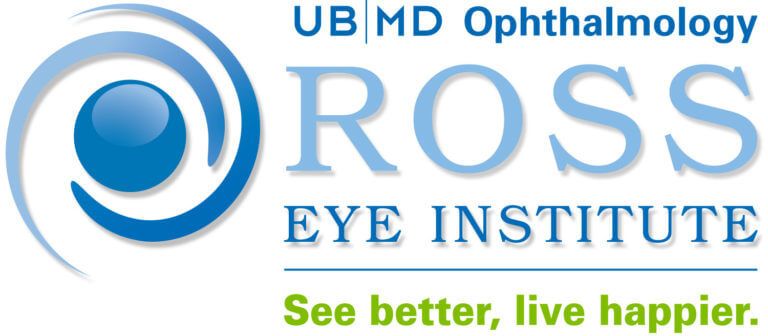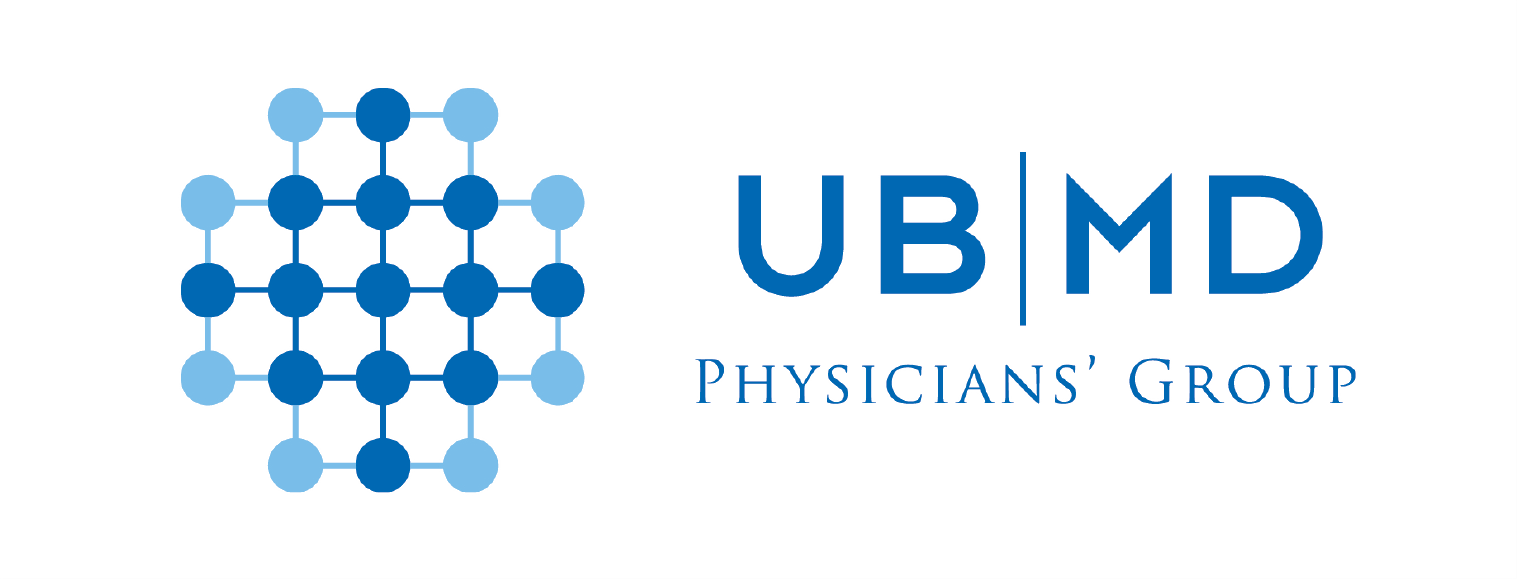OPTILIGHT + OPTIPLUS TREATMENT
- ROSS EYE INSTITUTE -
Optilight + Optiplus Treatment
Dry eyes can be uncomfortable and frustrating. The feeling of dryness, irritation, and the constant urge to rub your eyes can interfere with daily activities. The OptiLight treatment offers a solution. It offers a new approach to managing dry eyes, particularly for those suffering from meibomian gland dysfunction (MGD).
Let’s explore what OptiLight treatment is, how it works, its benefits, and what to expect during the procedure.
What Is OptiLight Treatment?
OptiLight treatment is a non-invasive procedure designed to alleviate the symptoms of dry eyes. It uses a specific wavelength of light to target the underlying causes of dry eyes. This treatment is particularly effective for those who have not found relief through traditional methods like eye drops or medications.
How Does OptiLight Treatment Work?
OptiLight treatment uses intense pulsed light (IPL) technology. Here's a breakdown of its multi-factorial approach:
- Reduces Inflammation: Inflammation is a major contributor to MGD. OptiLight targets and reduces inflammation, allowing the meibomian glands to function more effectively.
- Targets Demodex Mites and Bacteria: Demodex mites are microscopic organisms that can live on eyelashes and contribute to inflammation and clogging of the meibomian glands. OptiLight helps reduce the population of these mites and bacteria.
- Improves Meibomian Gland Function: Reducing inflammation and targeting Demodex mites helps improve the meibomian glands' function, enabling them to produce a healthier and more consistent oil layer for your tears.
- Delays Tear Evaporation: A healthy oil layer slows down tear evaporation, keeping your eyes lubricated for longer.
The Benefits of OptiLight Treatment
OptiLight treatment offers several benefits for individuals suffering from dry eyes. Here are some key advantages:
Reduced Dry Eye Symptoms
Patients often report significant improvement in dry eye symptoms like burning, stinging, irritation, and grittiness after undergoing OptiLight treatment.
Improved Tear Quality
OptiLight can help improve the quality and stability of your tear film, leading to better eye lubrication.
Long-Lasting Relief
The effects of this treatment can last for several months, providing long-lasting relief from dry eye symptoms.
Safe and Non-invasive
OptiLight is a safe, noninvasive procedure with minimal discomfort. This efficient treatment takes 10-15 minutes, and you can immediately resume normal activities.
Who Can Benefit from OptiLight Treatment?
OptiLight may be a good option for people with chronic dry eye caused by MGD. It is important to discuss your individual situation with your doctor to determine if this treatment is right for you. These factors can help you decide:
- Severity of Dry Eye: OptiLight is typically most effective for moderate to severe dry eye symptoms.
- Underlying Cause of Dry Eye: While effective for MGD, this treatment may not address other causes of dry eye.
- Medical History: Certain medical conditions may make OptiLight unsuitable.
The OptiLight Treatment Procedure
Before the procedure, an eye care professional will assess your condition and determine if the OptiLight treatment suits you. The procedure is scheduled if this treatment is right for you.
On the day of the treatment, you will be asked to sit comfortably in a chair. A protective shield will be placed over your eyes to protect them from the light. The doctor will then apply a cooling gel to the skin around your eyes to help conduct the light pulses.
During the procedure, the doctor will use a handheld device to deliver the light pulses to the skin around your eyes. You may feel slightly warm, but the procedure is generally painless. Each session takes about 15-20 minutes, and you can resume your normal activities immediately afterward.
Aftercare and Recovery
After the treatment, you may experience some mild redness or swelling around your eyes. This is a common side effect and should go away on its own within a few hours. It is important to follow any aftercare instructions your doctor provides for the best results. This may include using artificial tears to keep your eyes moist and avoiding direct sunlight or bright lights for a few days.
Most people start to see improvement in their dry eye symptoms after the first session, with continued improvement after each subsequent session. Your doctor will schedule follow-up appointments to monitor your progress and determine if additional treatments are needed.
Potential Side Effects and Risks
While OptiLight treatment is generally safe, there are some potential side effects and risks to be aware of. These may include temporary redness or swelling around the eyes, mild discomfort during the procedure, and a slight risk of skin burns if the light pulses are too strong. To help you make an informed decision, your doctor will explain any potential risks and how they can be minimized.
Comparison to Other Dry Eye Treatments
Various treatments are available for dry eye syndrome, such as artificial tears, prescription eye drops, and punctal plugs. While these treatments can provide relief, they often only address the symptoms rather than the underlying cause. OptiLight treatment, by contrast, targets the malfunctioning meibomian glands, offering a more comprehensive solution.
OptiPlus: The Essential Addition to OptiLight
The OptiLight and OptiPlus systems offer a groundbreaking combination of dual-frequency RF and OPT technologies, significantly enhancing the number of expressible meibomian glands, improving meibum clarity, and alleviating symptoms.

